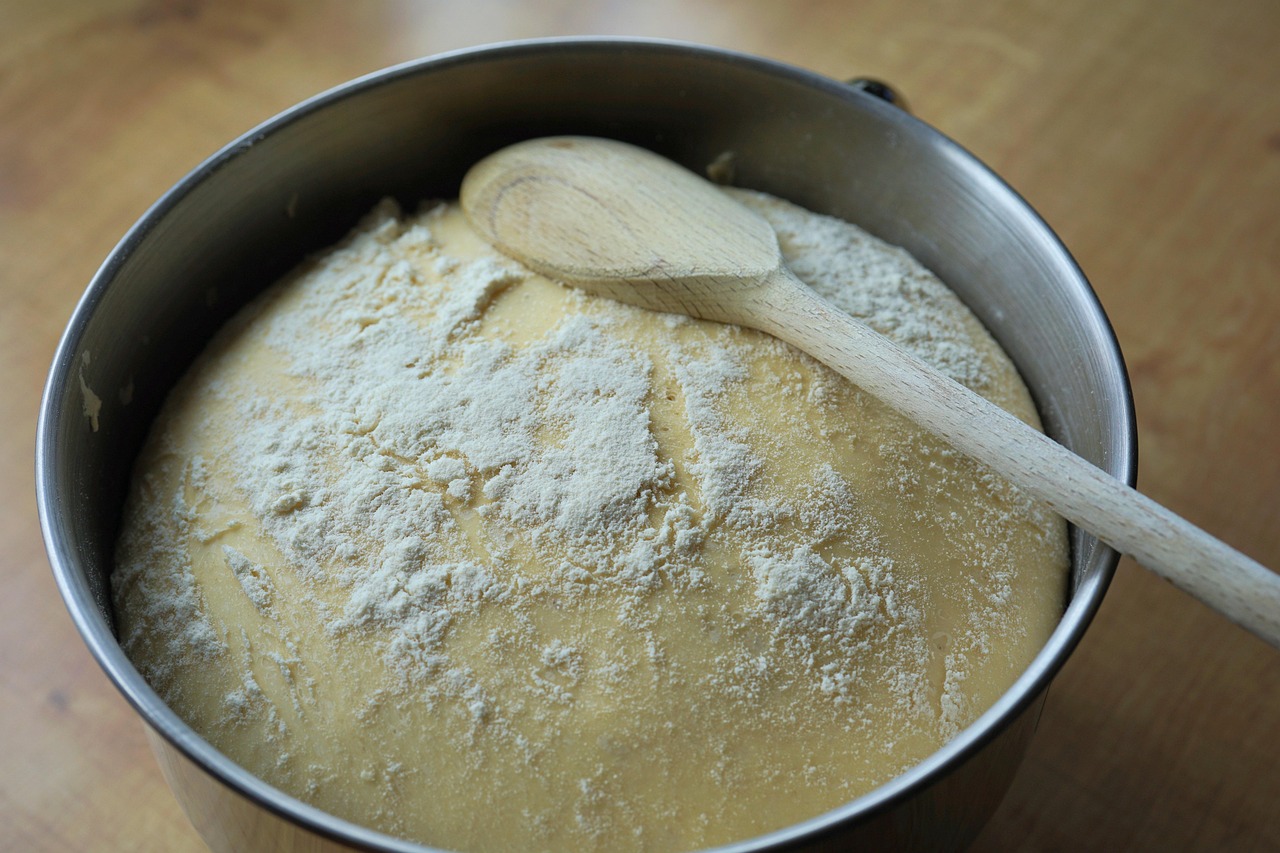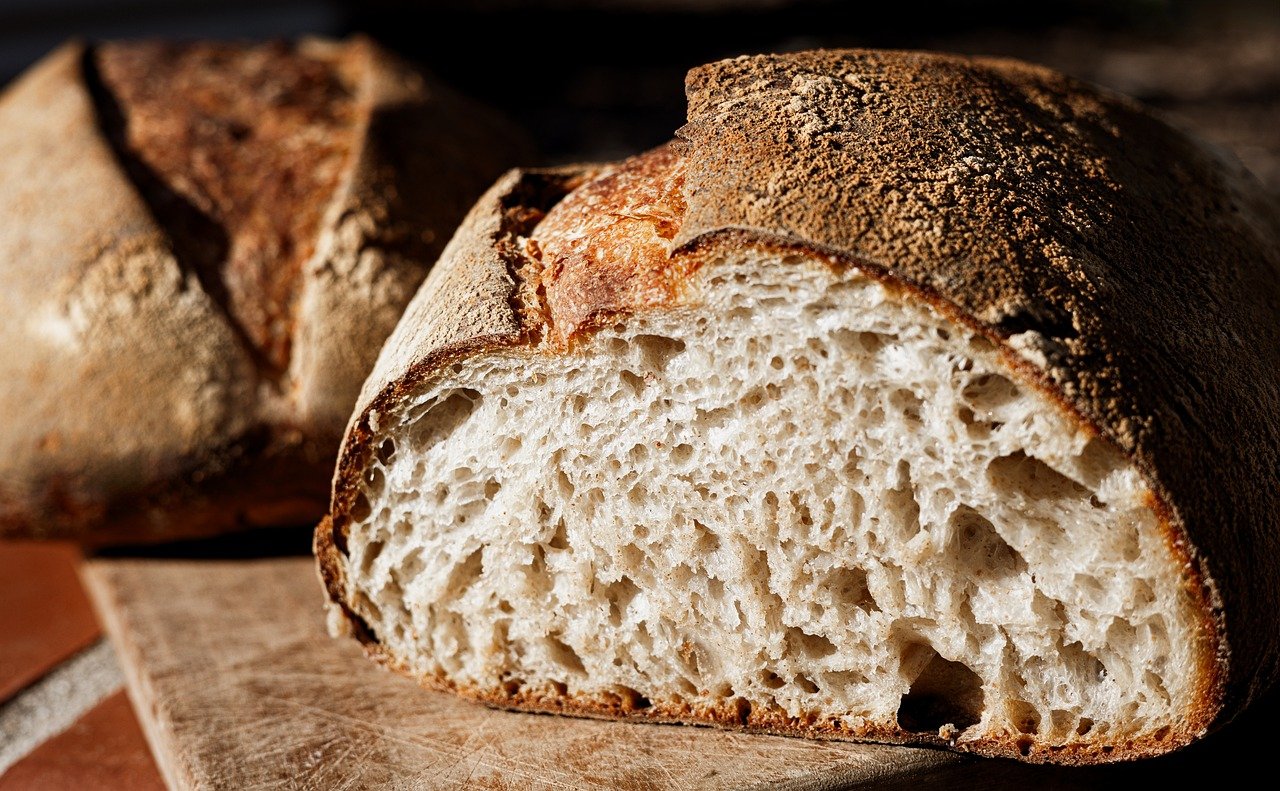For many home bakers, the art of making sourdough bread from a starter is both a science and a cherished ritual. The unique flavors and textures that develop during the fermentation process create a loaf that is not only delicious but also a testament to the patience and care invested in the baking process. Whether you are a seasoned baker or just starting your journey with sourdough, understanding how to properly use your sourdough starter is essential to achieving that perfect loaf.
Understanding Your Sourdough Starter for Perfect Bread
A sourdough starter is a living culture of flour and water that houses wild yeast and beneficial bacteria. This combination ferments the dough, allowing it to rise naturally and imparting a complex flavor profile that is characteristic of sourdough bread. The health of your starter is crucial; a robust starter will lead to better fermentation, resulting in a lighter, airier loaf.
To ensure your starter is active, feed it regularly with equal parts flour and water. Typically, a ratio of 1:1:1 (starter:flour:water) works well. Allow it to ferment at room temperature for about 4 to 6 hours before using it in your bread recipe. You can tell it’s ready when it has doubled in size and bubbles form on the surface.
Essential Ingredients for Making Sourdough Bread at Home

Creating a loaf of sourdough bread requires just a few simple ingredients, but the quality and proportions matter greatly. Below are the ingredients you will need:
- 1 cup (240g) active sourdough starter
- 1 ½ cups (360ml) warm water (approximately 110°F or 43°C)
- 4 cups (480g) bread flour
- 1 ½ teaspoons salt
These ingredients come together to create a dough that is full of flavor and has a wonderful texture. The bread flour, with its higher protein content, helps provide the structure and chewiness that sourdough is known for. The salt is crucial not only for flavor but also for controlling the fermentation process.
Step-by-Step Guide to Making Sourdough Bread
Once you have gathered your ingredients and ensured your sourdough starter is active, you can begin the process of making your sourdough bread. Follow these steps for a successful bake:
- Mix the Dough: In a large mixing bowl, combine the active sourdough starter and warm water. Stir until fully combined. Gradually add the bread flour and salt, mixing until there are no dry bits remaining. You should have a shaggy dough.
- Knead the Dough: Transfer the dough to a lightly floured surface and knead for about 10 minutes. The dough should become smooth and elastic. If it’s too sticky, add a bit more flour as needed.
- First Rise: Place the kneaded dough back into the mixing bowl, cover it with a damp cloth or plastic wrap, and let it rise at room temperature for about 4 to 6 hours, or until it has doubled in size. This is the fermentation stage, where the flavors are developed.
- Shape the Dough: Once the dough has risen, gently deflate it and transfer it to a floured surface. Shape it into a round or oval loaf, depending on your preference. To shape, fold the edges of the dough into the center and then turn it over so the seam is on the bottom.
- Second Rise: Place the shaped loaf into a well-floured proofing basket or bowl. Cover it again and let it rise for another 1 to 3 hours, or until it has noticeably puffed up.
- Preheat the Oven: About 30 minutes before your dough is ready, preheat your oven to 450°F (232°C). If you have a Dutch oven, place it inside the oven to preheat as well. The high temperature and steam created by the Dutch oven will help achieve a crusty exterior.
- Score and Bake: When your dough is ready, carefully transfer it to a piece of parchment paper. Use a sharp blade or a lame to score the top of the loaf—this allows the bread to expand during baking. Place the dough (with the parchment) into the preheated Dutch oven, cover it, and bake for 30 minutes.
- Finish Baking: After 30 minutes, remove the lid and bake for an additional 15 to 20 minutes, or until the crust is deep golden brown. The internal temperature of the bread should reach about 200°F (93°C).
- Cool: Once baked, transfer the bread to a wire rack and allow it to cool completely before slicing. This cooling period is essential for the crumb structure to set properly.
Tips for Successful Sourdough Baking

While the process of making sourdough bread is straightforward, there are several tips that can enhance your baking experience and results. Consider the following recommendations:
- Always use a kitchen scale for accurate measurements, especially for the flour and water.
- Experiment with different types of flour, such as whole wheat or rye, to add unique flavors and nutritional benefits.
- Pay attention to the temperature of your kitchen; warmer environments speed up fermentation, while cooler ones slow it down.
- If your dough is too wet, try using a technique called stretch and fold during the first rise to help develop gluten without adding too much flour.
- Practice patience; sourdough baking is as much about timing as it is about technique. Each step is an opportunity for flavor development.
Variations on Classic Sourdough Bread
Once you are comfortable with the basic sourdough recipe, there are countless variations to explore. You can incorporate different flavors and textures into your bread. Here are a few ideas:
Adding ingredients such as herbs, cheese, or olives can provide an exciting twist to your standard loaf. For a sweeter version, consider including dried fruits like raisins or cranberries along with spices such as cinnamon or nutmeg. For a more rustic bread, try incorporating seeds like sunflower or pumpkin. Each addition brings a new dimension to your sourdough experience.
With practice and experimentation, you will discover the nuances of your sourdough starter and how it interacts with different ingredients. The journey of sourdough baking is not just about the final product; it’s about enjoying the process and the satisfaction that comes from creating something truly unique.

Leave a Reply